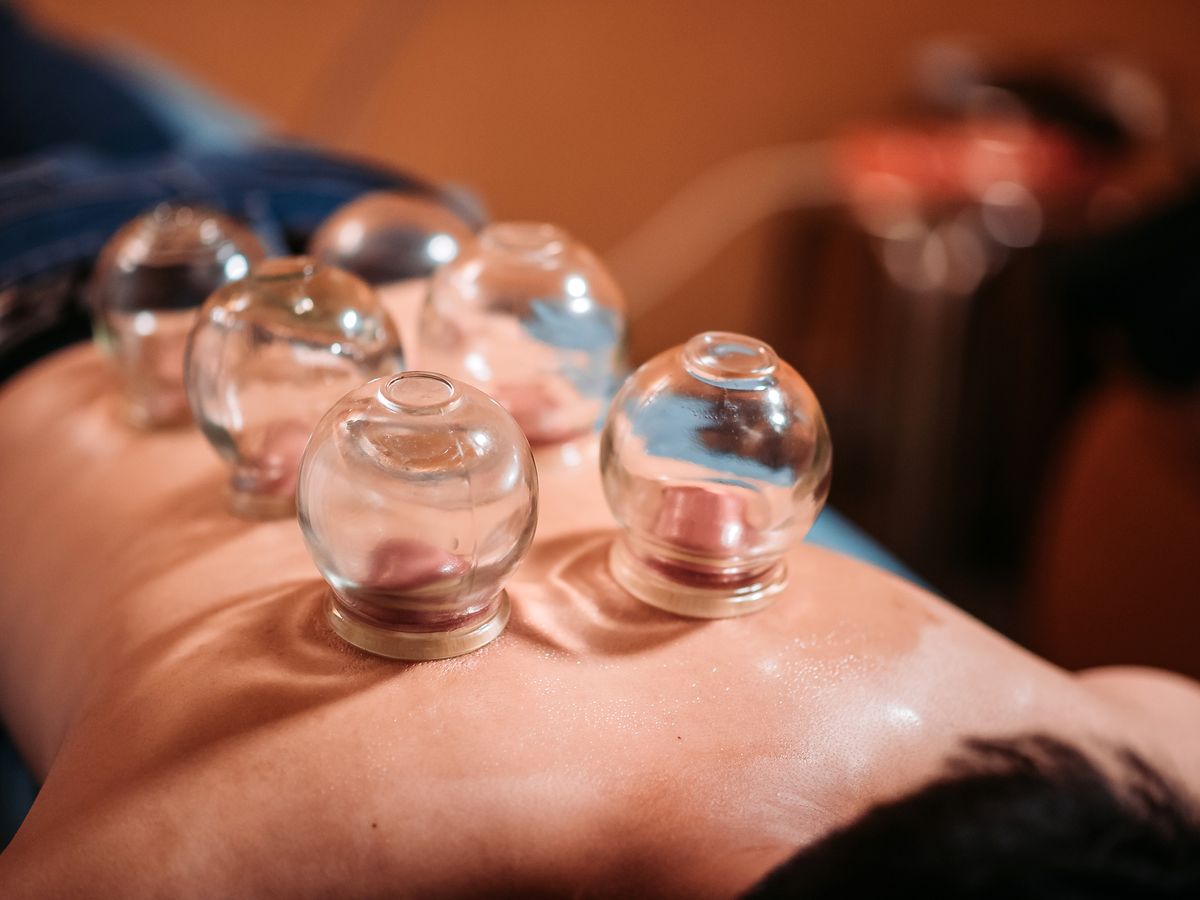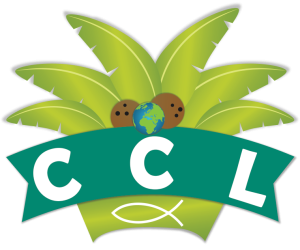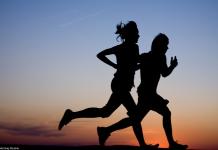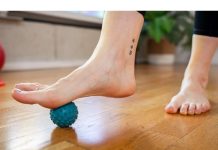
Introduction
Mumbai, the bustling financial capital of India, is a city that thrives on diversity. It’s a place where the old meets the new, and tradition blends seamlessly with modernity. Among the many traditional healing practices that have found a place in this vibrant city, cupping therapy stands out. Known for its ancient roots and therapeutic benefits, cupping therapy has seen a resurgence in recent years. This blog explores the history, principles, benefits, and modern application of cupping therapy in Mumbai, highlighting prominent practitioners, centers, and personal success stories.
Historical Background of Cupping Therapy
Ancient Origins
Cupping therapy, also known as Hijama in Islamic tradition, is an ancient practice that dates back thousands of years. Its origins can be traced to several ancient civilizations, including the Egyptians, Chinese, and Greeks. Historical records suggest that cupping was used by Hippocrates, the father of modern medicine, to treat various ailments.
In traditional Chinese medicine, cupping therapy has been a crucial component for over 2,000 years. It was believed to balance the flow of Qi (energy) within the body, thus promoting healing and well-being. Similarly, in Islamic medicine, cupping is mentioned in the Hadiths, and its practice was recommended by the Prophet Muhammad, further cementing its importance in the Muslim world.
Evolution Over Time
While the basic principles of cupping have remained consistent, the techniques and materials used have evolved. Traditional methods often employed animal horns or bamboo cups, whereas modern cupping therapy uses glass, plastic, or silicone cups. The methods of creating suction have also advanced, transitioning from heat to mechanical pumps.
Principles of Cupping Therapy
How Cupping Works
Cupping therapy involves placing cups on the skin to create suction. This suction draws the skin and underlying tissues into the cup, promoting blood flow and facilitating the healing process. There are two main types of cupping therapy:
- Dry Cupping: Involves creating a vacuum in the cups and placing them on the skin without any incisions.
- Wet Cupping: Also known as Hijama, involves making small incisions on the skin before applying the cups to draw out a small amount of blood along with the suction.
Mechanisms of Action
The therapeutic effects of cupping therapy can be attributed to several mechanisms:
- Improved Blood Circulation: The suction effect increases blood flow to the targeted area, which can help in healing and pain relief.
- Detoxification: By drawing out impurities and toxins, cupping can support the body’s natural detoxification processes.
- Reduction of Inflammation: The anti-inflammatory properties of cupping can reduce swelling and pain in affected tissues.
- Relaxation and Stress Relief: The therapy can promote relaxation, alleviate stress, and improve overall well-being.
Benefits of Cupping Therapy
Pain Relief
One of the most common applications of cupping therapy is pain relief. It is particularly effective for conditions such as:
- Musculoskeletal Pain: Relieving pain associated with conditions like back pain, neck pain, and joint pain.
- Sports Injuries: Aiding in the recovery from injuries by reducing muscle tension and improving blood flow.
- Arthritis: Alleviating pain and stiffness in arthritic joints.
Detoxification
Cupping therapy can aid in detoxifying the body by removing stagnant blood and toxins from the tissues. This can lead to:
- Improved Skin Health: Clearing up skin conditions like acne, eczema, and psoriasis.
- Enhanced Immune Function: Strengthening the body’s natural defense mechanisms.
Respiratory Health
Cupping therapy is also beneficial for respiratory conditions such as:
- Asthma: Helping to relieve symptoms by improving lung function and reducing inflammation.
- Bronchitis: Easing the symptoms by enhancing circulation and promoting healing.
Digestive Health
The therapy can improve digestive health by:
- Relieving Indigestion: Alleviating symptoms of indigestion and bloating.
- Improving Metabolism: Boosting metabolic functions and promoting better digestion.
Mental Health
Cupping therapy has a positive impact on mental health by:
- Reducing Anxiety and Stress: Promoting relaxation and reducing the physical symptoms of stress.
- Improving Sleep Quality: Enhancing sleep by alleviating stress and promoting relaxation.
Cupping Therapy in Mumbai: A Modern Revival
Cultural Acceptance
Mumbai’s rich cultural tapestry and openness to alternative medicine have paved the way for the resurgence of cupping therapy. The practice has been embraced by people from various backgrounds seeking natural and holistic healing methods.
Integration with Modern Healthcare
Many modern health and wellness centers in Mumbai have integrated cupping therapy into their offerings. These centers combine traditional techniques with contemporary medical practices, appealing to a broader audience.
Leading Practitioners and Centers
Several prominent practitioners and centers in Mumbai have gained recognition for their expertise in cupping therapy. Here are a few notable examples:
Dr. Abdul Majeed
A well-known Unani practitioner, Dr. Majeed has been offering cupping therapy at his clinic in South Mumbai for over a decade. His holistic approach and successful treatments have made him a trusted name in the field.
Healing Touch Cupping Therapy Clinic
Located in Andheri, this clinic specializes in cupping therapy and offers personalized treatment plans for various ailments. The clinic’s skilled practitioners ensure that patients receive comprehensive care.
Ayurvedic Healing Center
Situated in Bandra, this center combines Ayurvedic practices with cupping therapy to provide holistic treatment. Their experienced therapists tailor the therapy to meet individual needs, ensuring optimal results.
Success Stories and Testimonials
Case Study 1: Relief from Chronic Back Pain
Mr. Rajesh Kumar, a 45-year-old banker, had been suffering from chronic back pain for years. Conventional treatments provided temporary relief but failed to address the root cause. After undergoing a series of cupping therapy sessions at Healing Touch Cupping Therapy Clinic, he experienced significant pain relief and improved mobility, allowing him to return to his daily activities without discomfort.
Case Study 2: Improvement in Asthma Symptoms
Ms. Priya Deshmukh, a 30-year-old marketing executive, struggled with asthma that affected her work and personal life. She decided to try cupping therapy at the Ayurvedic Healing Center. Over several sessions, her asthma symptoms reduced considerably, improving her breathing and overall quality of life.
Case Study 3: Stress Reduction and Enhanced Well-Being
Mrs. Neha Patel, a 50-year-old homemaker, experienced high levels of stress and poor sleep quality. Cupping therapy at Dr. Abdul Majeed’s clinic helped her relax and significantly improved her sleep patterns. She felt more energetic and less anxious, enhancing her overall well-being.
Scientific Research and Validation
Clinical Studies
Numerous clinical studies have been conducted to validate the therapeutic benefits of cupping therapy. Research has demonstrated its effectiveness in treating various conditions, including pain, inflammation, and respiratory issues.
Study 1: Pain Management
A study published in the “Journal of Alternative and Complementary Medicine” found that cupping therapy provided significant pain relief in patients with chronic neck and back pain. The results showed that cupping was as effective as conventional treatments.
Study 2: Inflammation Reduction
Research published in the “Journal of Traditional and Complementary Medicine” highlighted the anti-inflammatory effects of cupping therapy. The study demonstrated that cupping reduced markers of inflammation, which could help in treating inflammatory conditions like arthritis.
Mechanistic Insights
Scientific research has also provided insights into the mechanisms underlying the therapeutic effects of cupping therapy. The increased blood flow and anti-inflammatory properties of cupping are believed to contribute to its overall healing benefits.
Challenges and Considerations
Finding Qualified Practitioners
One of the main challenges for patients is finding qualified and experienced practitioners. It is essential to seek treatment from licensed professionals who are well-versed in the principles and practices of cupping therapy.
Safety and Hygiene
Ensuring safety and hygiene is paramount in cupping therapy. Practitioners must follow strict protocols to prevent infections and other complications. This includes using sterilized equipment and maintaining a clean environment.
Potential Side Effects
While cupping therapy is generally safe, it can have potential side effects, such as:
- Bruising: Temporary marks or bruises where the cups were applied.
- Skin Irritation: Mild irritation or discomfort at the treatment sites.
- Infection: Risk of infection if proper sterilization techniques are not followed.
Individual Variability
The effectiveness of cupping therapy can vary from person to person. Factors such as individual health conditions, the severity of the ailment, and the practitioner’s skill can influence the outcomes.
The Future of Cupping Therapy in Mumbai
Increasing Awareness
Efforts to raise awareness about the benefits and safety of cupping therapy are crucial for its continued growth. Educational campaigns, workshops, and seminars can help inform the public and healthcare professionals about this traditional practice.
Integration with Modern Healthcare
Integrating cupping therapy with modern healthcare practices can provide more comprehensive treatment options. Collaboration between conventional doctors and cupping therapists can lead to better patient outcomes and a holistic approach to health.
Research and Development
Ongoing research into the mechanisms and benefits of cupping therapy can help validate its effectiveness and promote its acceptance in mainstream medicine. Clinical studies and trials can provide scientific evidence to support its use for various health conditions.
Expanding Access
Efforts to make cupping therapy more accessible, especially in underserved areas, can help more people benefit from this ancient healing practice. Mobile clinics, community health programs, and affordable treatment options can play a significant role in expanding access.
Conclusion
Cupping therapy, with its ancient roots and proven therapeutic benefits, has found a welcoming home in the modern metropolis of Mumbai. As more people seek natural and holistic treatments, the popularity of cupping therapy continues to rise. With the support of qualified practitioners, growing awareness, and ongoing research, cupping therapy offers a valuable complement to contemporary healthcare. By embracing this ancient practice, Mumbai’s residents can enjoy the myriad benefits of cupping therapy, from pain relief and improved circulation to enhanced respiratory health and overall well-being. The future of cupping therapy in Mumbai looks promising, with potential for further integration into the city’s diverse healthcare landscape, providing holistic and effective treatment options for a wide range of conditions.



















